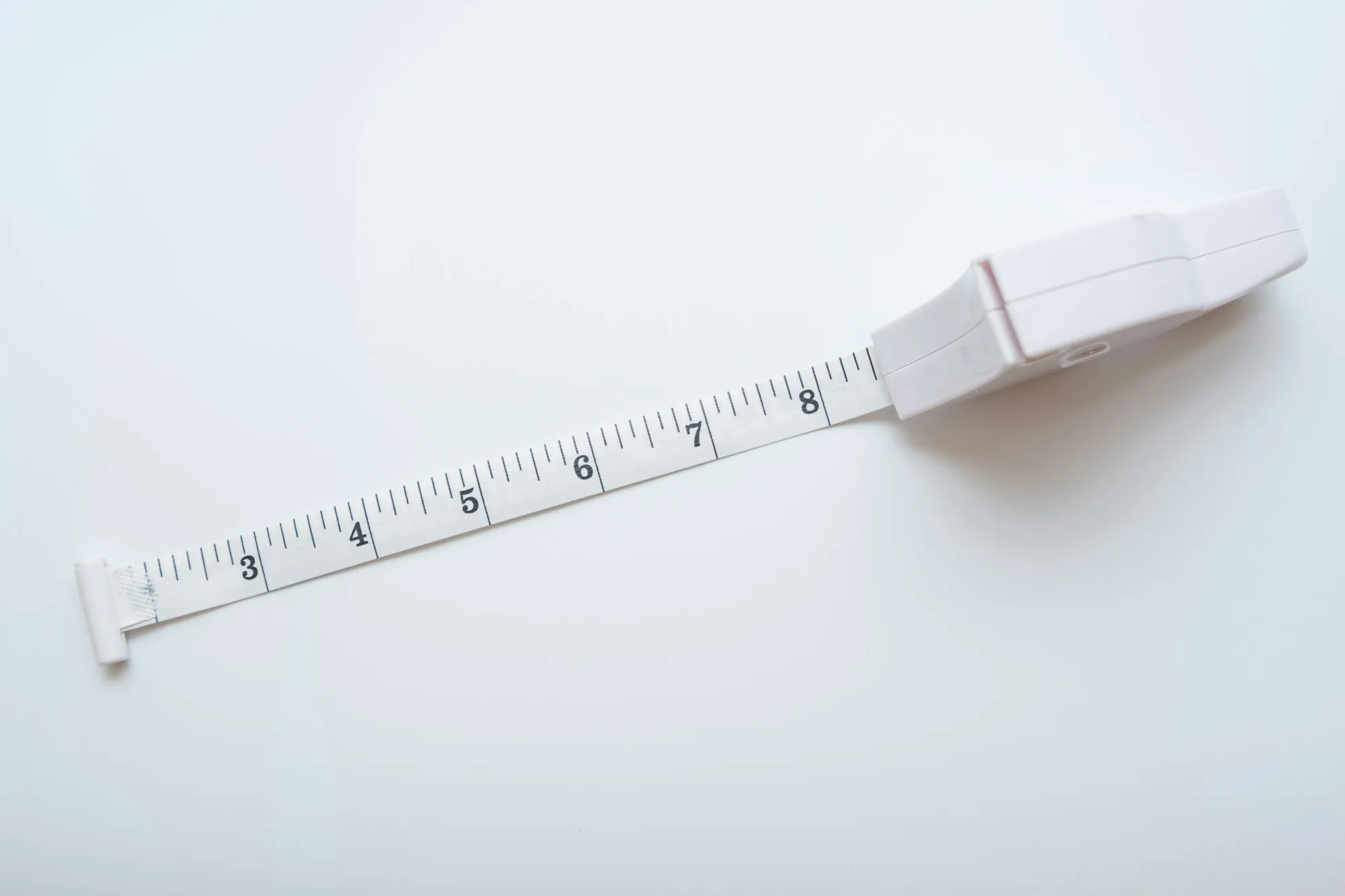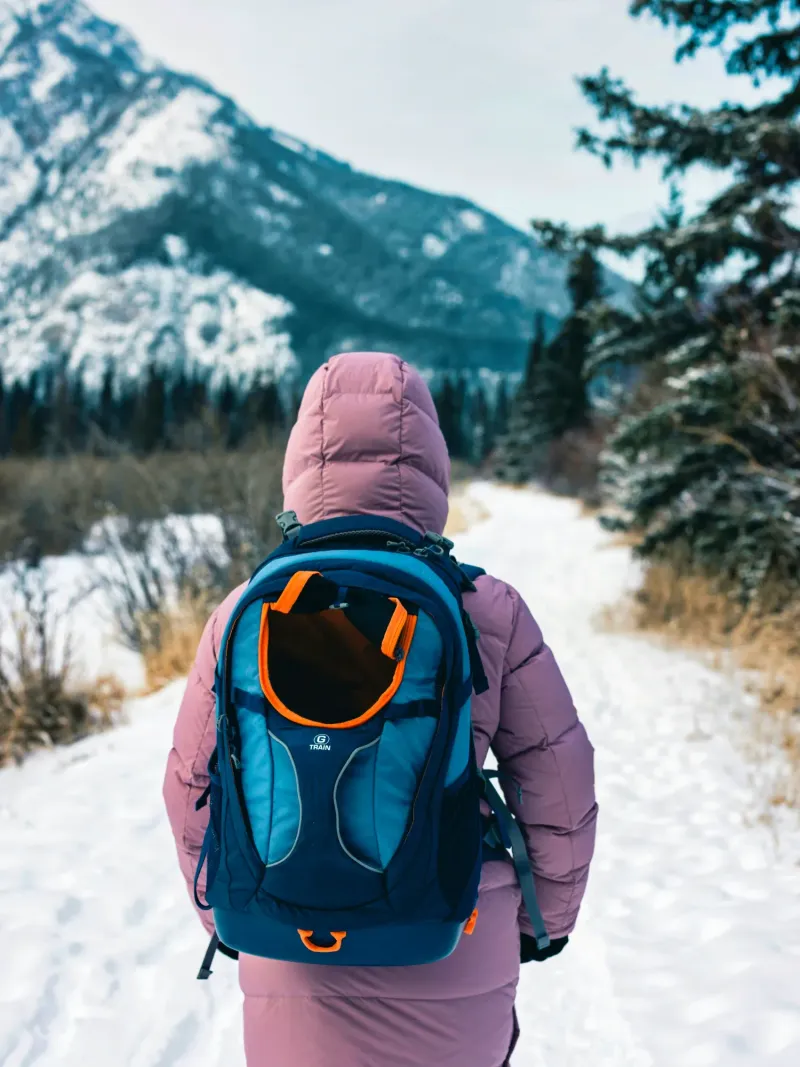Why Getting Your Kid's Backpack Size Right Matters for Their Back
Your child's backpack could be reshaping their spine daily—here's the 30-second test that shows if their pack is failing them
Last month, I watched my neighbor's six-year-old waddle to school with his backpack dragging behind him like dead weight. Poor kid was being pulled backward so far he looked ready to topple over completely.
That's when it hit me: we're essentially strapping furniture to our kids' backs and expecting them to haul it around daily. Researchers confirm that safe backpack loads should weigh no more than 10-15% of a child's body weight.
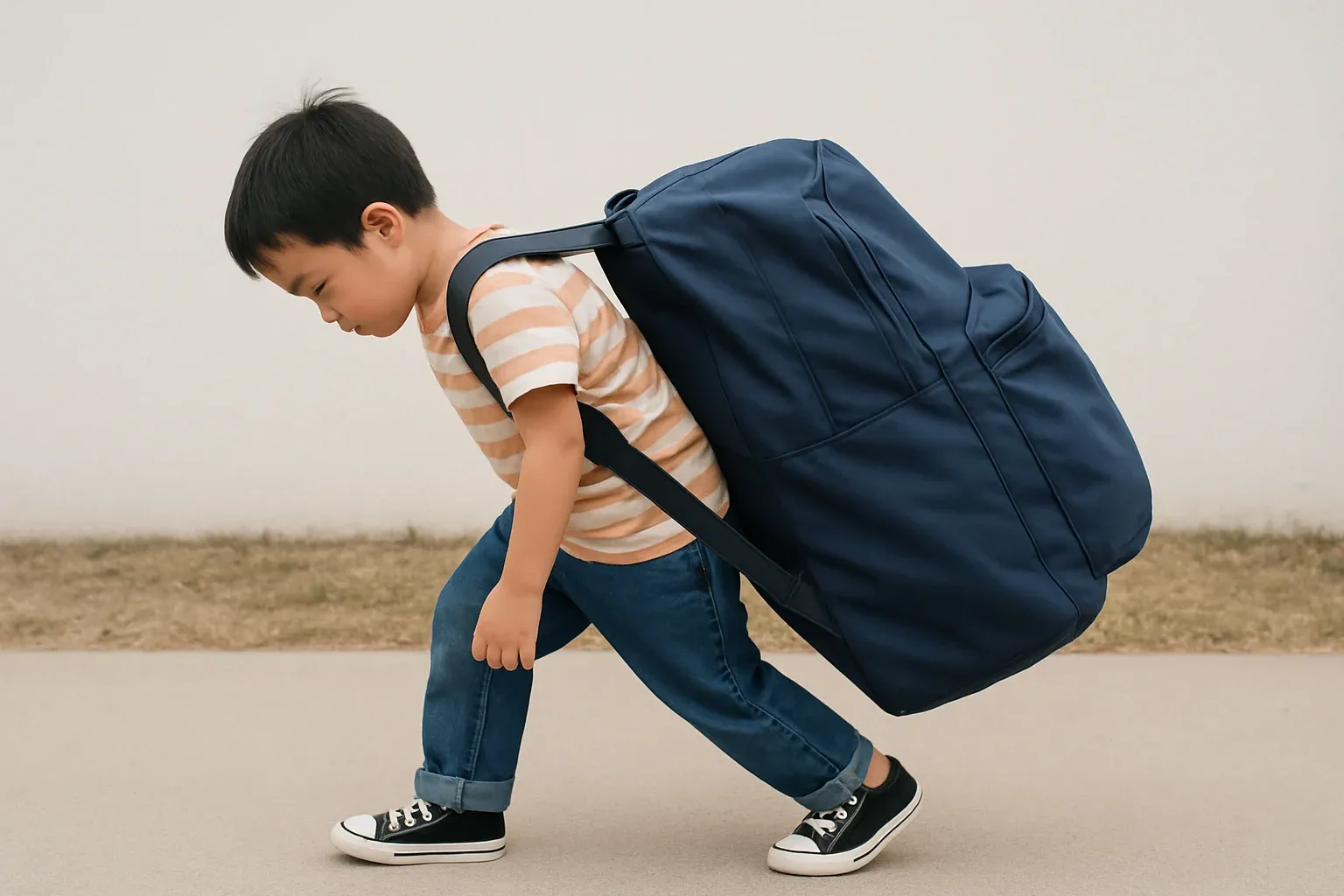
Physical therapists regularly see kids developing rounded shoulders, neck strain, and back pain that shouldn't exist in elementary school. Since children's spines are still developing, they're more vulnerable to postural changes that can persist into adulthood. Often, the culprit isn't weight—it's improper length and positioning that forces an unnatural forward lean.
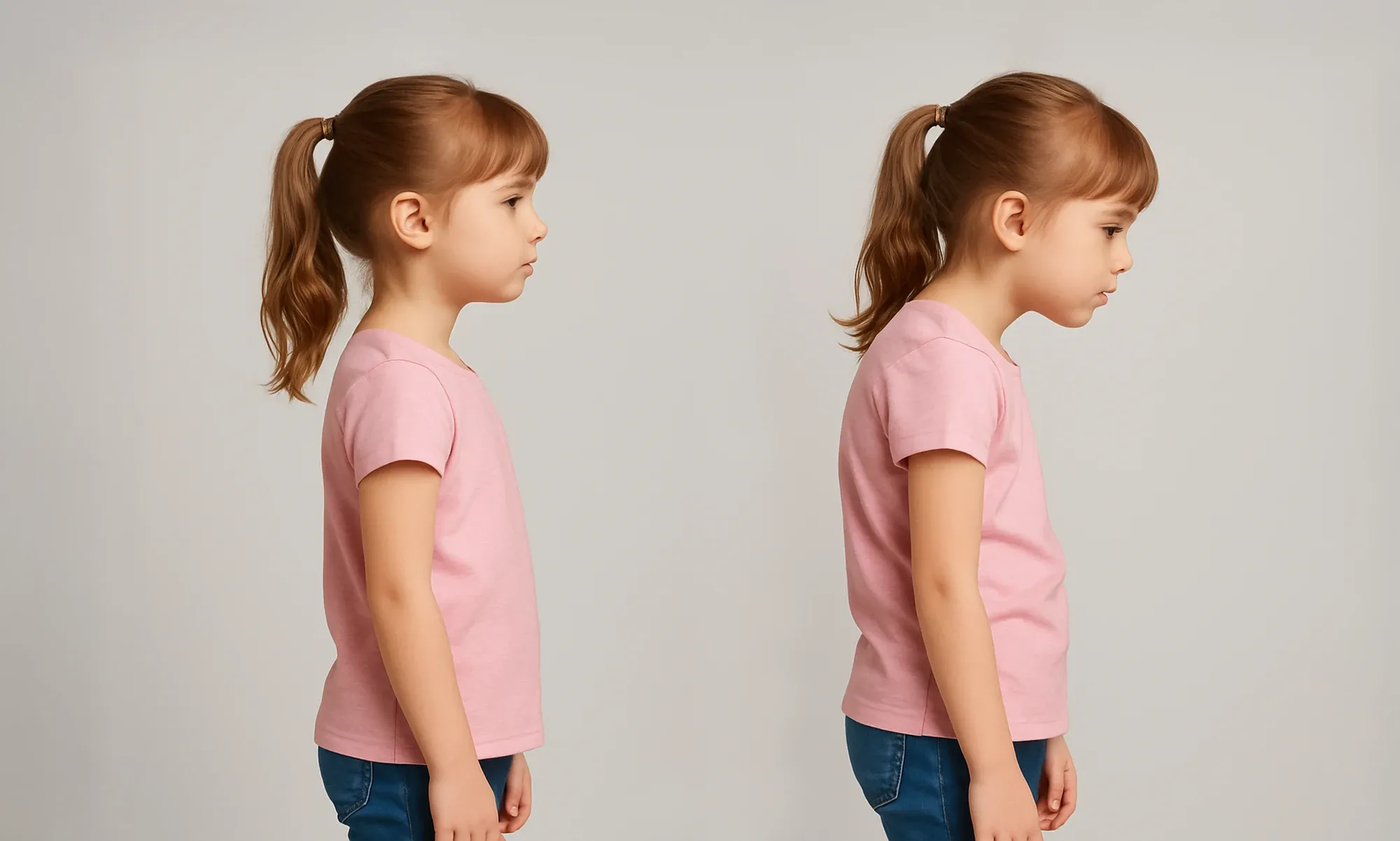
The Sit Test
Most parents focus solely on weight limits, but here's what they miss: a backpack must match your child's torso length. The top should sit at the prominent vertebra where neck meets shoulders, with the bottom ending just above the waist. Bags extending beyond this natural torso length drag the body backward, forcing kids to compensate by hunching forward.
The real test happens when they sit down. This classroom reality check reveals whether that bag will cause problems. Have your child wear the pack properly with both straps on, then sit in a standard chair with a backrest. The bottom of the bag should clear the seat completely.
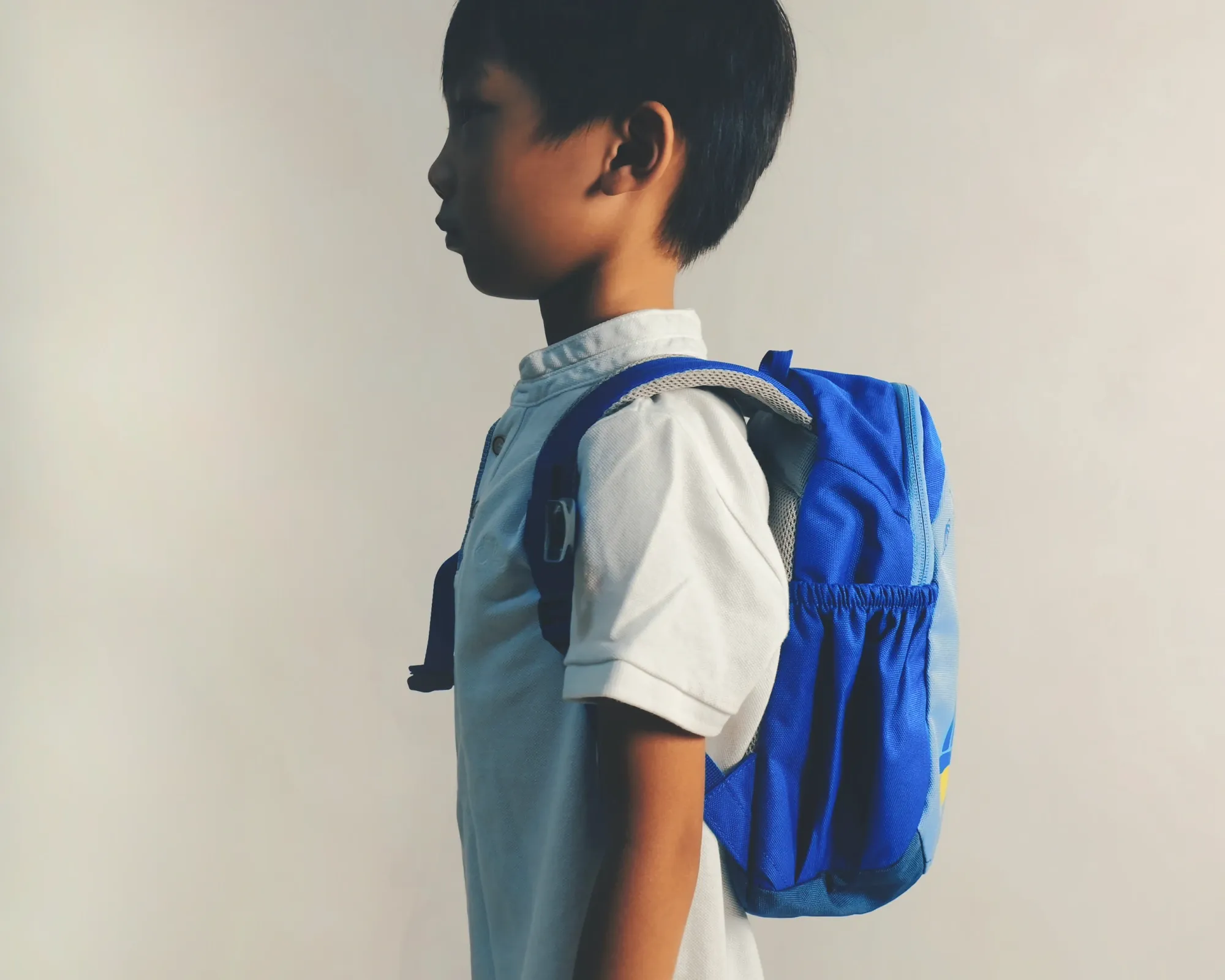
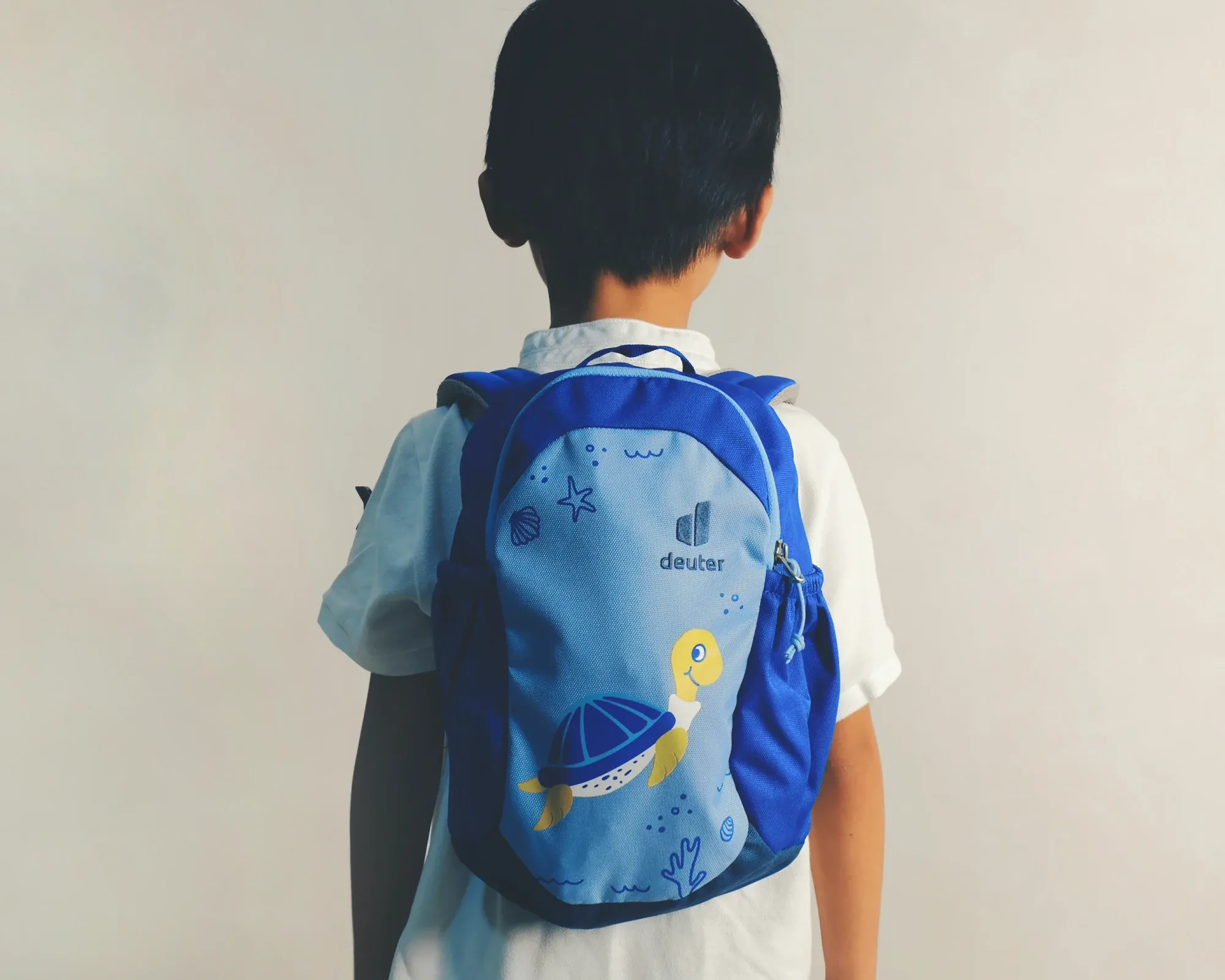
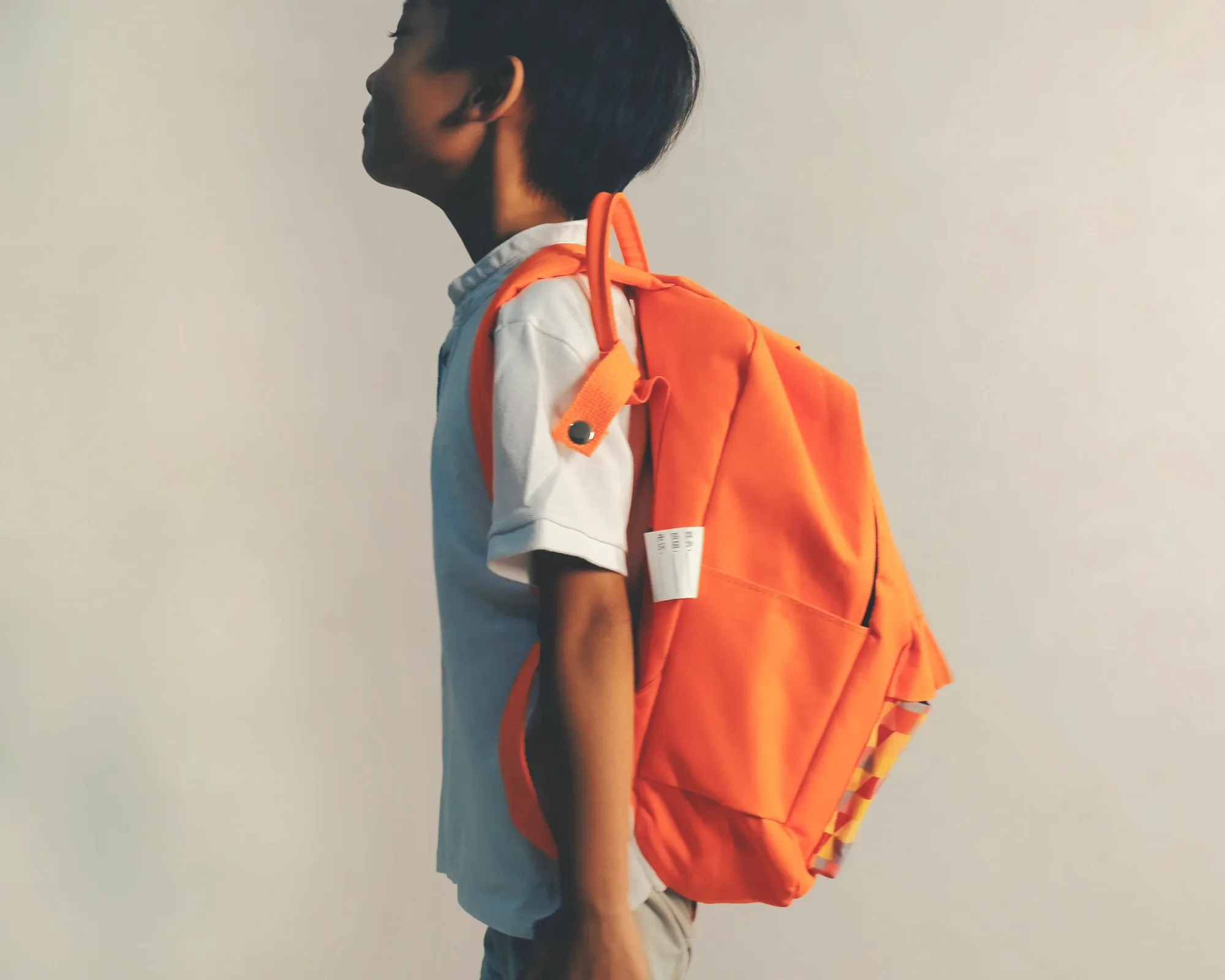
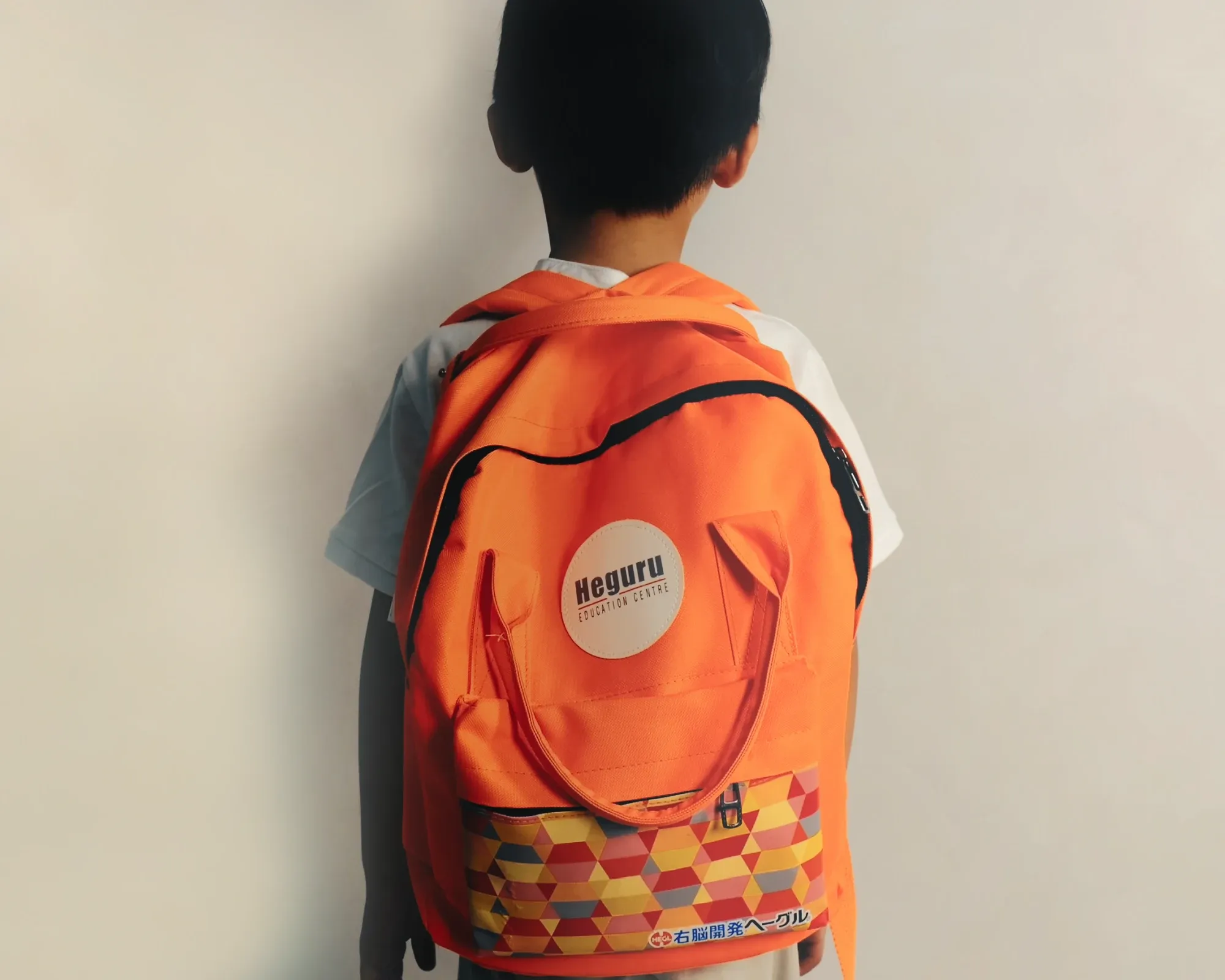
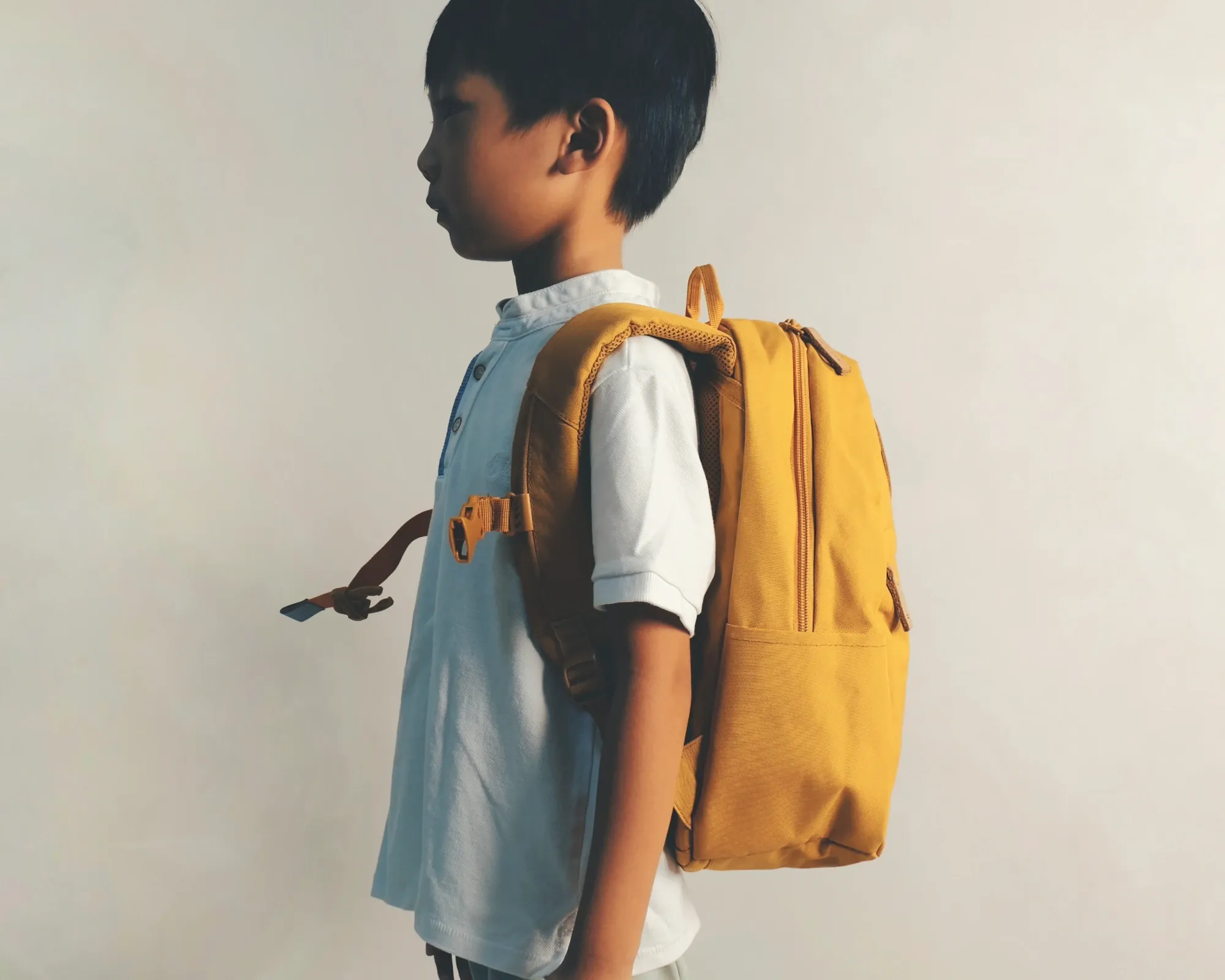
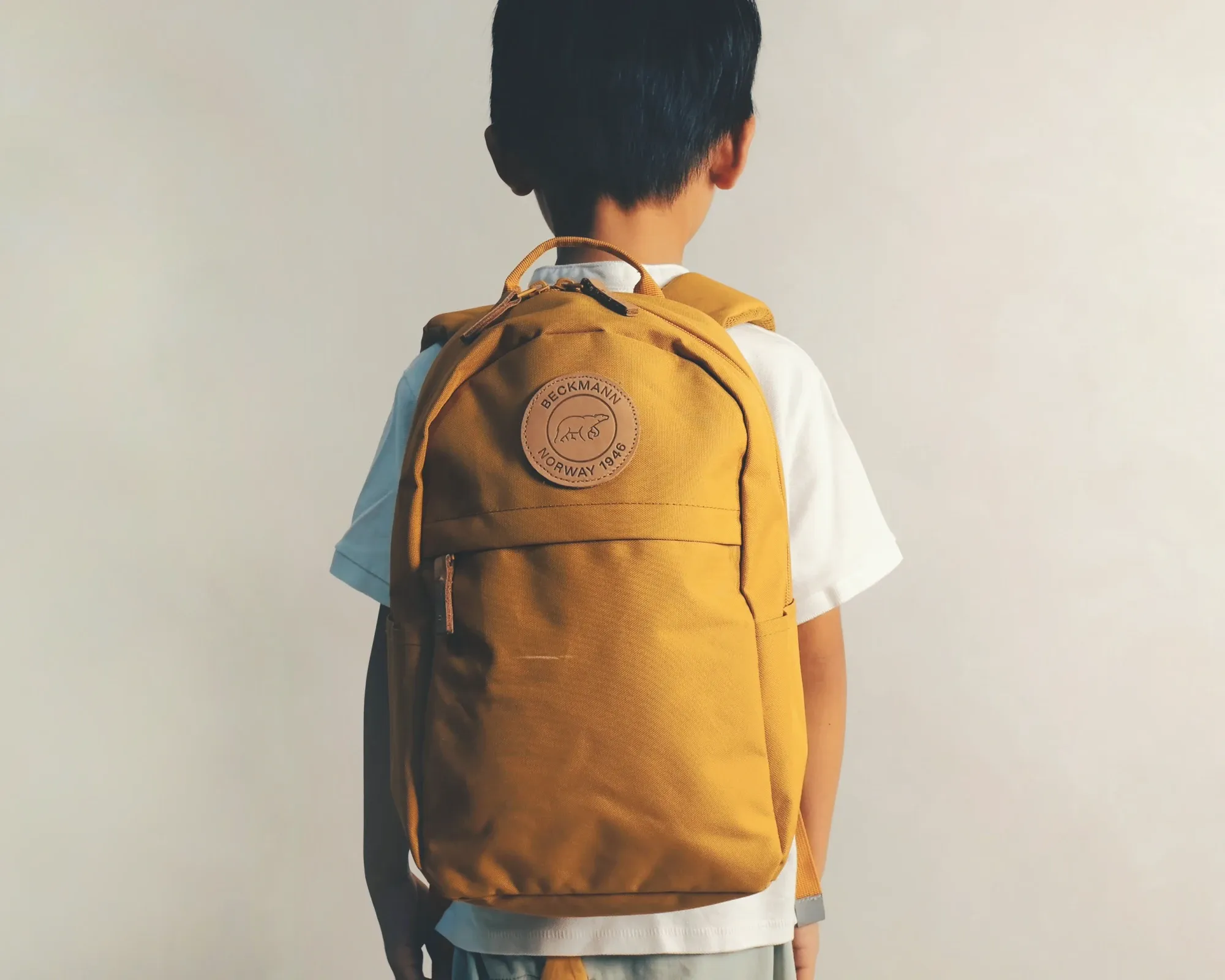
Model age: 5 years old, height: 3’8″ (114 cm), Torso: 11” (29 cm).
I tested three different bags on my child: a Beckmann Norway, a Deuter Pico, and an unbranded backpack. The Beckmann passed with flying colors, sitting naturally without any contact with the chair. The Deuter Pico, while it also doesn't touch the seat, proved too short for my child's torso. The unbranded bag made my child sit uncomfortably as his body began to stiffen, forcing him to lean slightly forward to compensate for the backward pull.
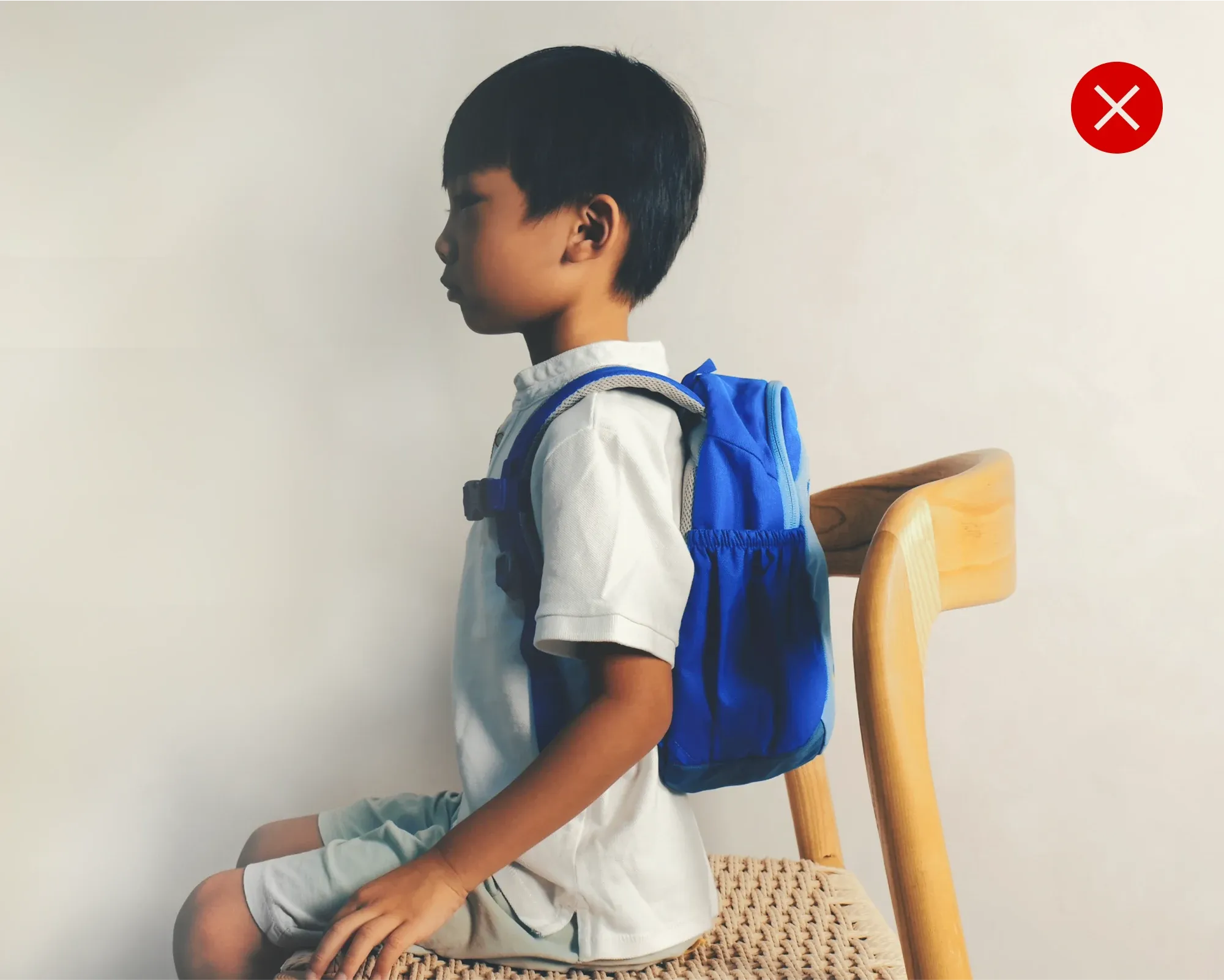
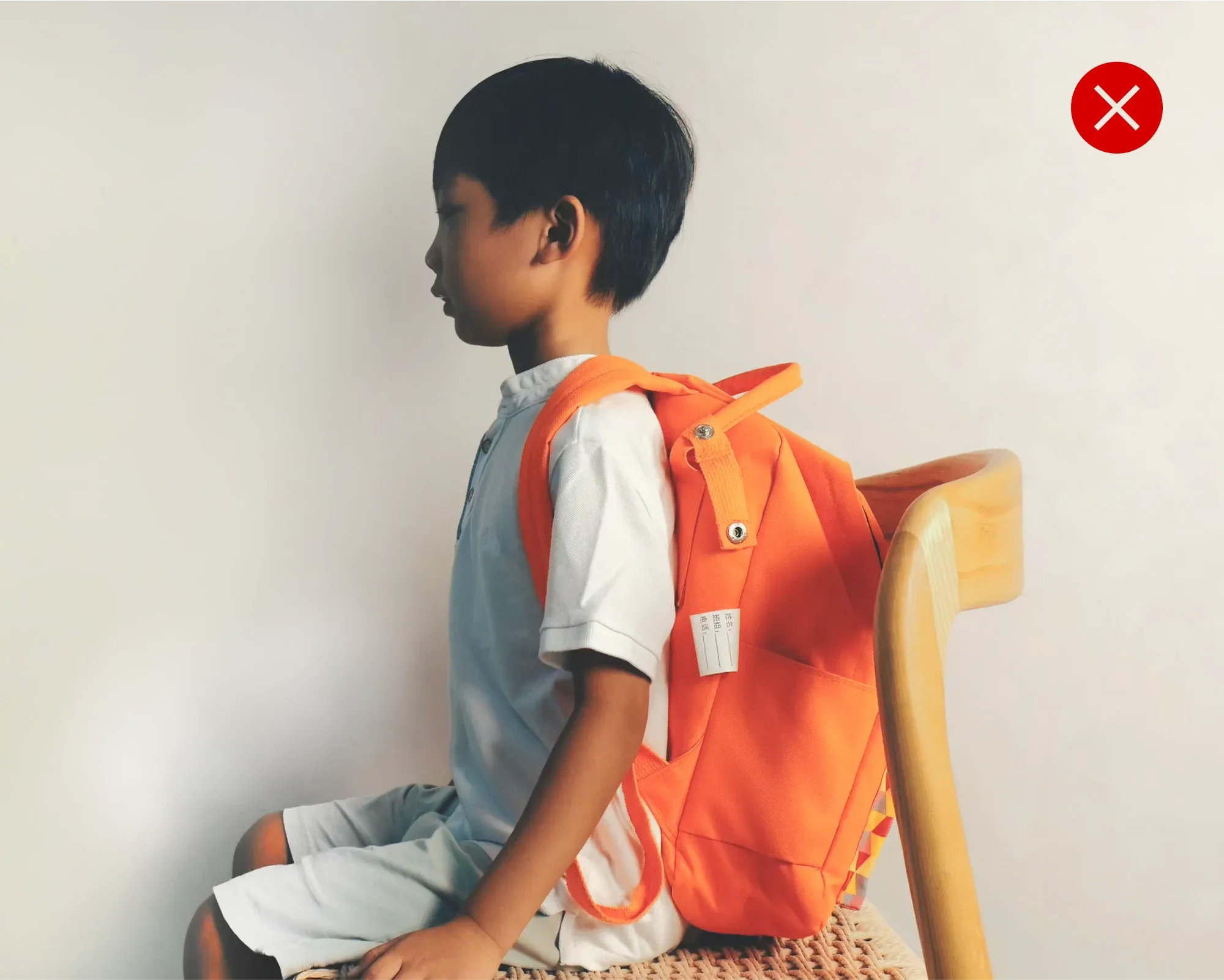
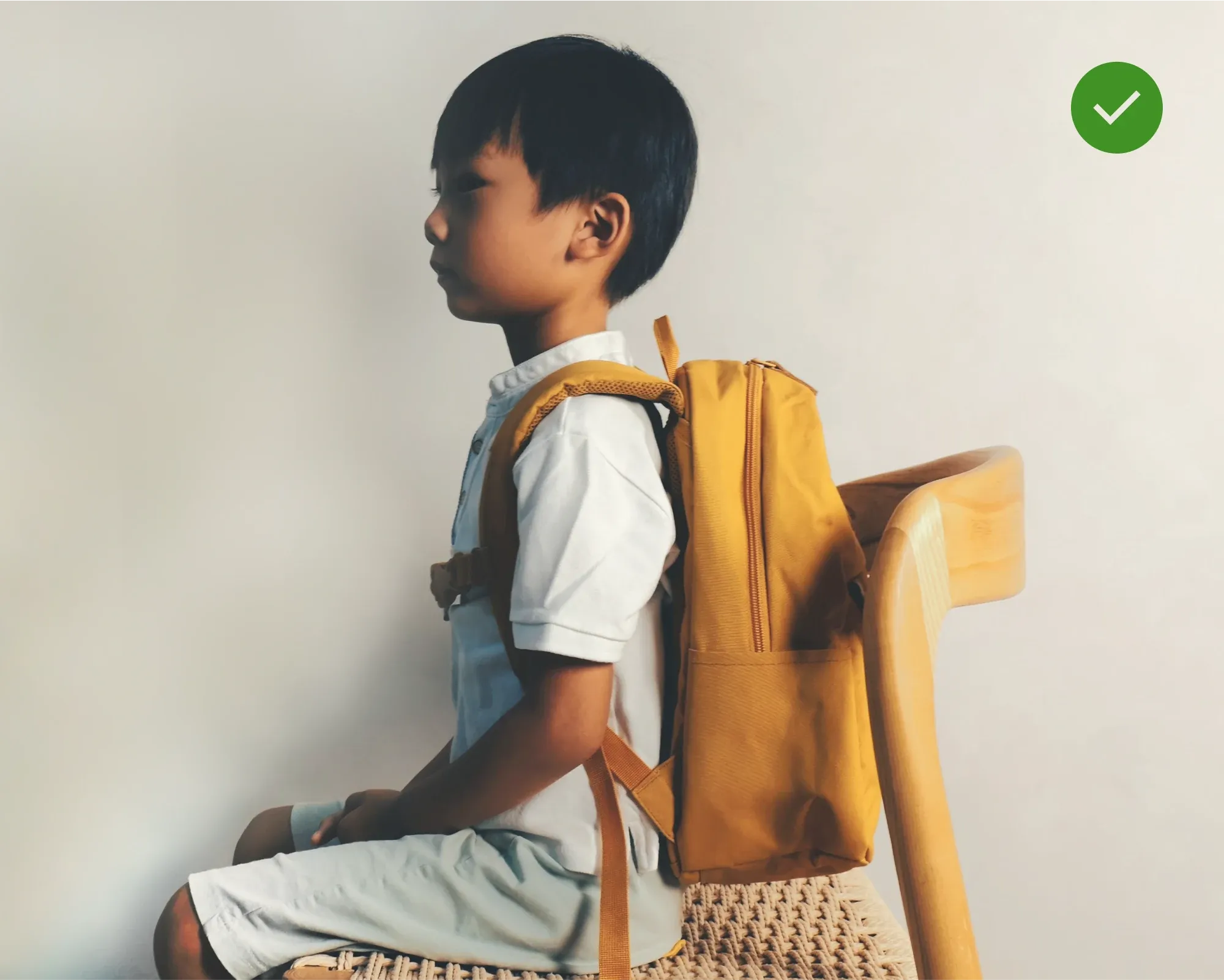
The sit test reveals whether a backpack matches your child's torso proportions.
The properly fitted Beckmann allowed natural posture, while the longer bag immediately changed how my child sat. With the oversized packs, I could see shoulders being pulled backward and spine forced into an unnatural curve.
Within minutes of sitting, the difference between a properly fitted pack and an oversized one becomes obvious. Your child's posture stays natural, shoulders remain level, and they can focus on learning instead of constantly adjusting their position.
Protecting Your Child's Back At School
Getting the right backpack size is just the starting point. Here are practical strategies to reduce your child's risk of back pain.
Daily habits that make a difference
• Weekly bag cleanouts remove old papers, unnecessary supplies, and those extra pencils that multiply mysteriously overnight.
• Smart packing strategy places heaviest items like textbooks and binders closest to the back panel for better weight distribution.
• The two-strap rule teaches kids to always use both shoulder straps since one-shoulder carrying creates muscle imbalances.
• Regular weight checks matter too. If the bag feels like a sandbag when you lift it, it's time to lighten the load.
Work with your school
Ask about leaving textbooks in lockers between classes or inquire about digital versions and paperback alternatives for heavy books. Check if classroom supplies are available to reduce what needs daily transport. Most elementary schools maintain backup supplies when kids forget something, so those extra pencils can stay home. Teach kids to pack only what's needed for that specific day rather than hauling everything just in case.
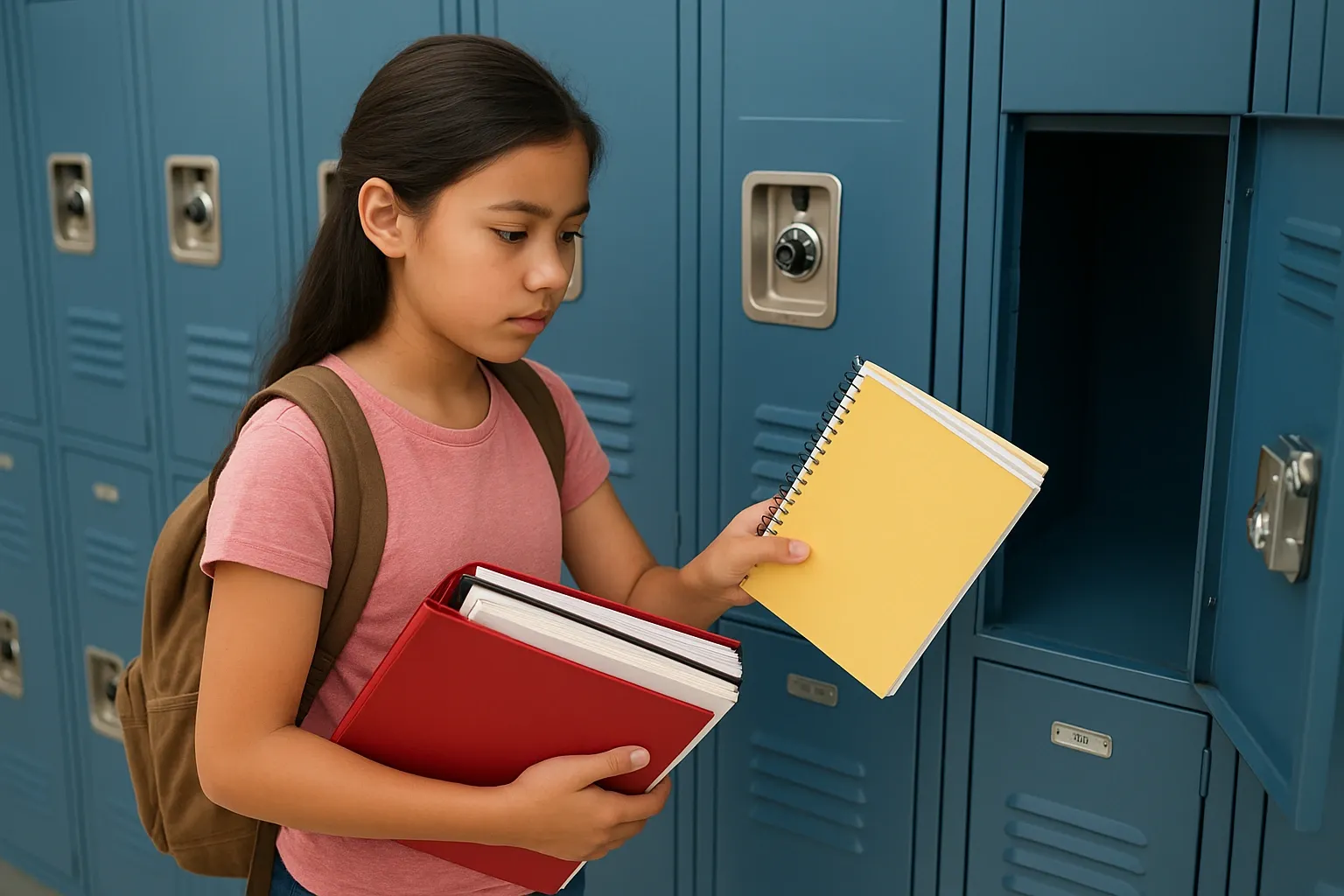
Bag Features That Reduce Back Fatigue
- Wide, padded shoulder straps (at least 4cm wide) - distribute weight evenly and prevent shoulder compression
- Chest/sternum strap - keeps shoulder straps in place and maintains load balance during movement
- Waist belt - transfers weight from shoulders to hips, reducing spinal stress significantly
- Multiple compartments - prevents the "sack of potatoes" effect by distributing items closer to the spine
- Padded back panel - cushions the spine from hard objects like textbooks and laptops
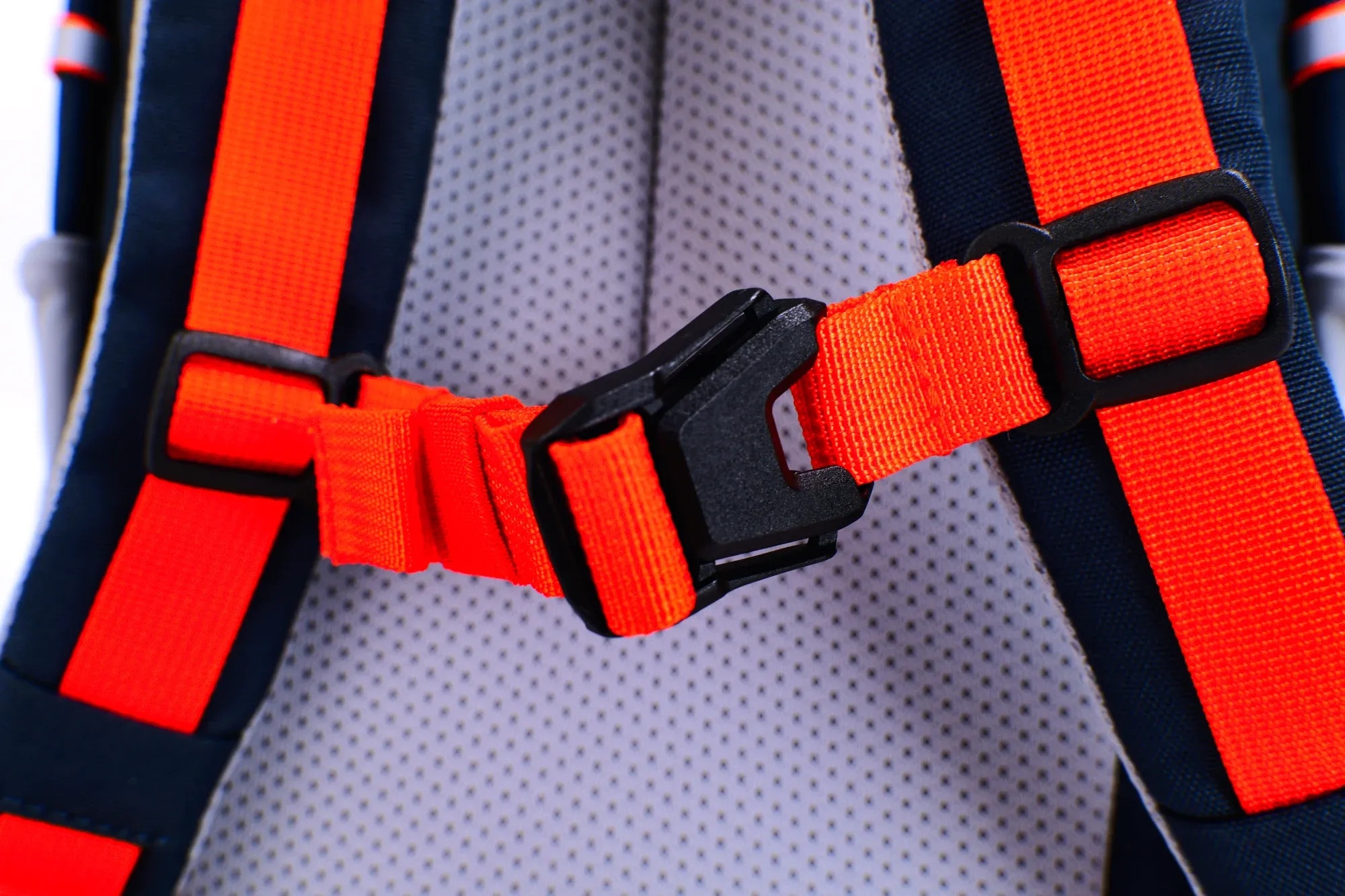
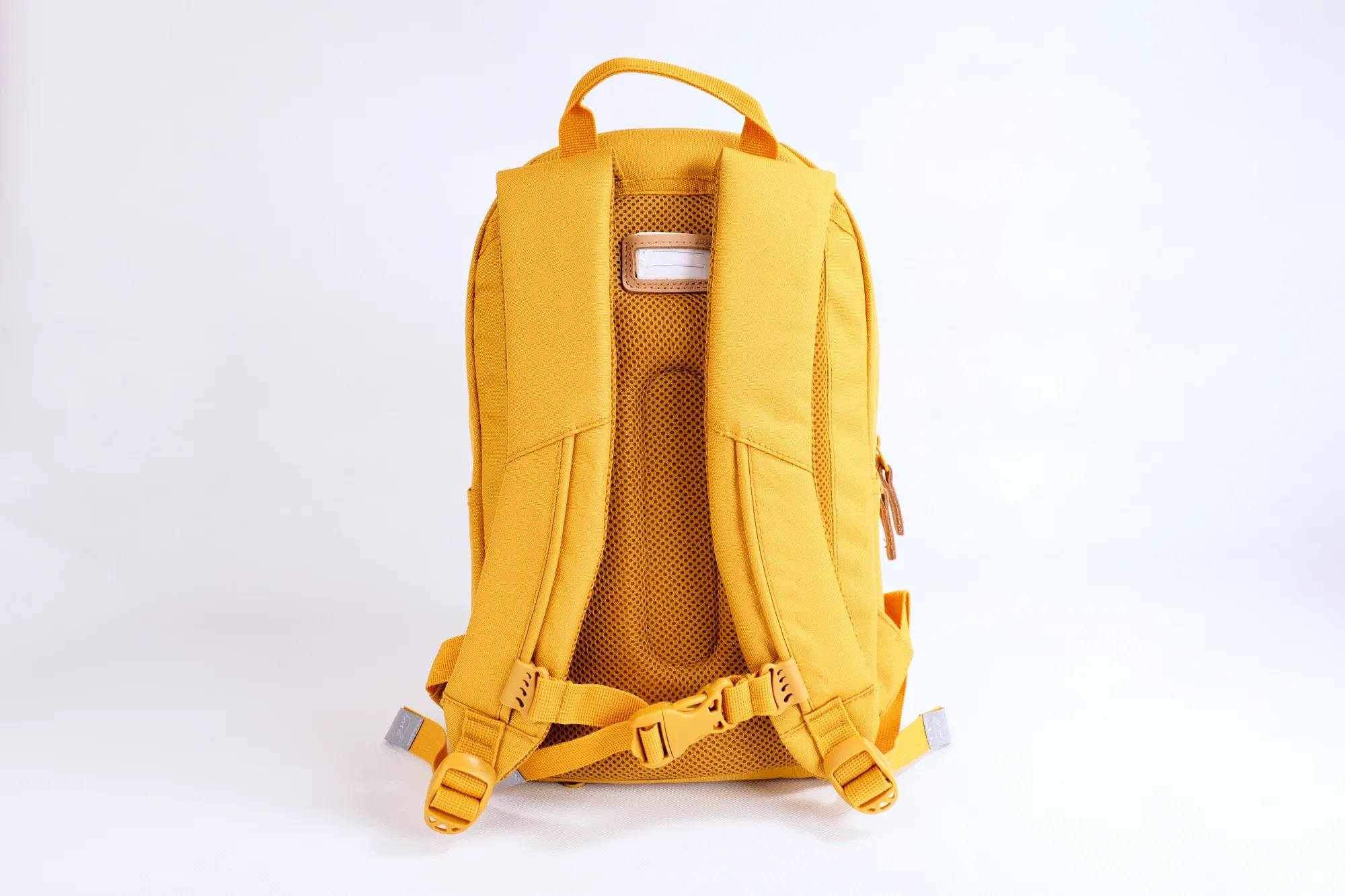
Left: Fjallraven Skule kids sternum strap, Right: Beckmann Norway urban mini padded shoulder straps.
Conclusion
The investment in a properly fitted backpack pays dividends far beyond the school years. A bag that works with your child's anatomy rather than against it becomes nearly invisible in daily use.This isn't about finding the most expensive pack but matching the right proportions to your child's body. The few extra minutes spent on proper fitting can prevent years of compensatory movement patterns that are much harder to correct later.
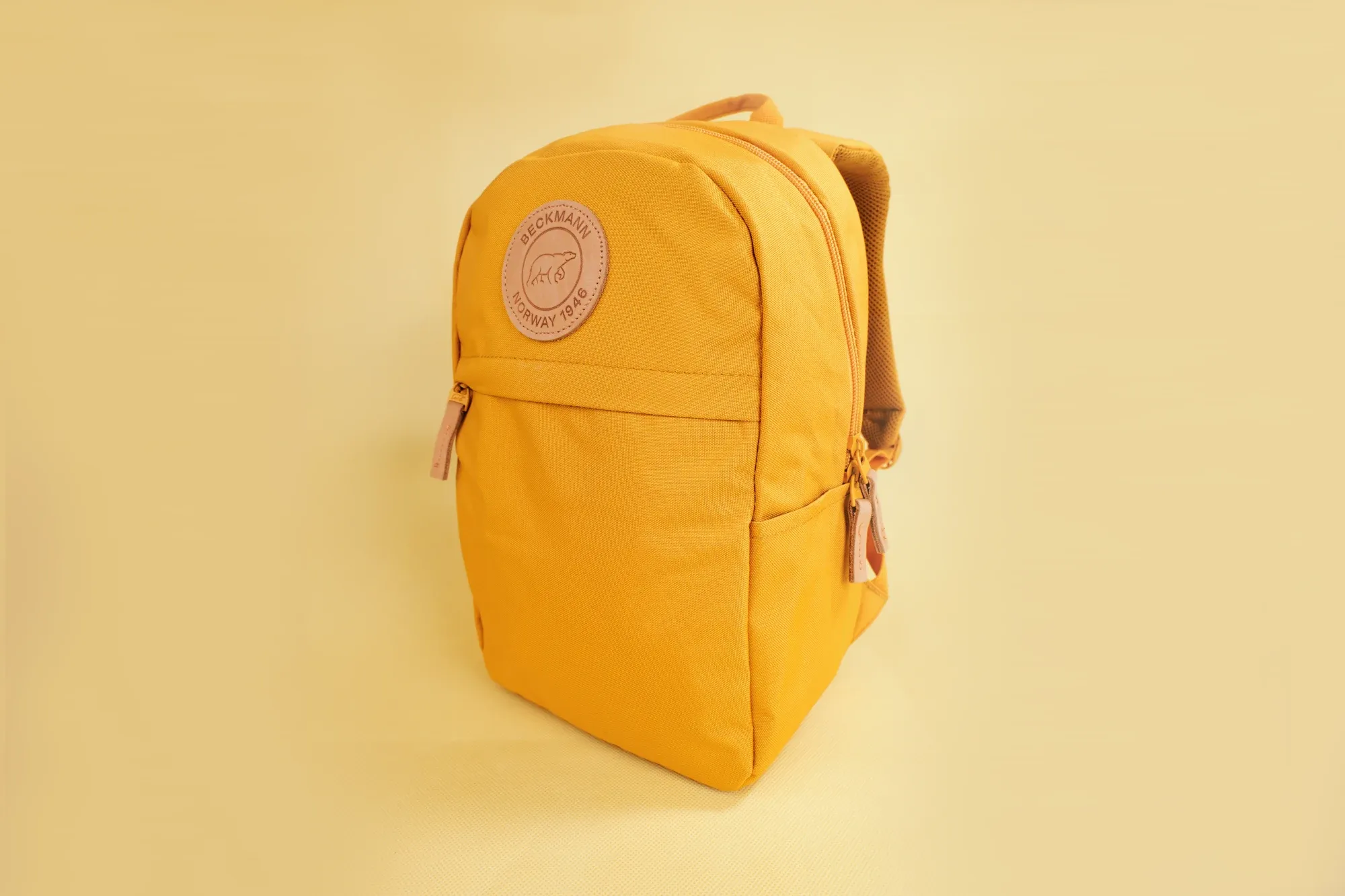
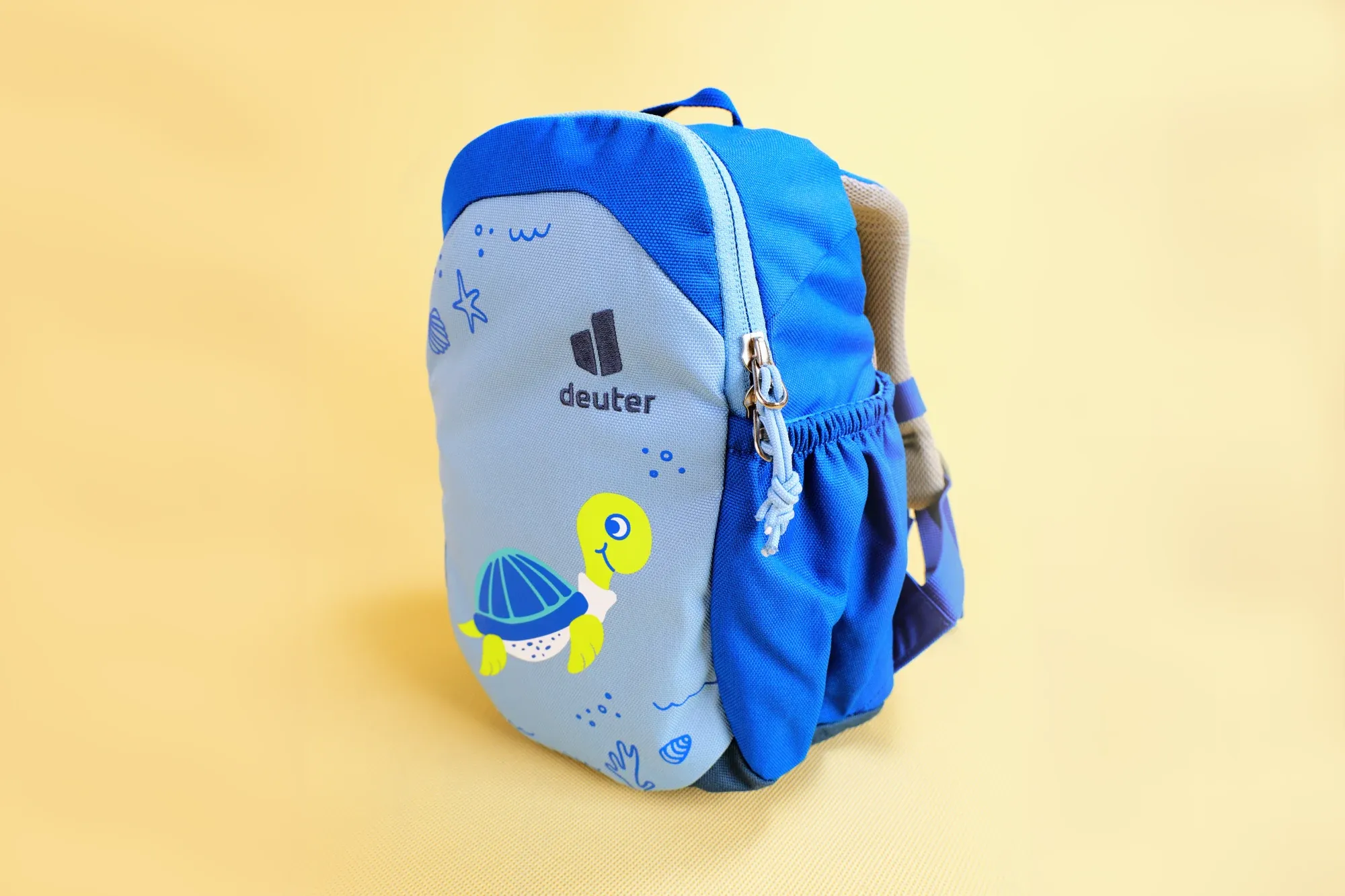
Reference


